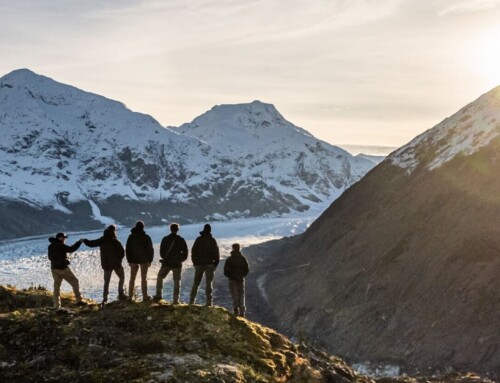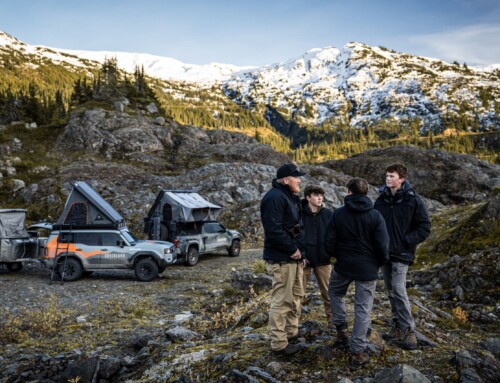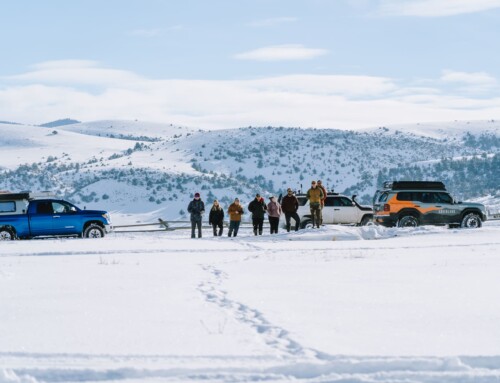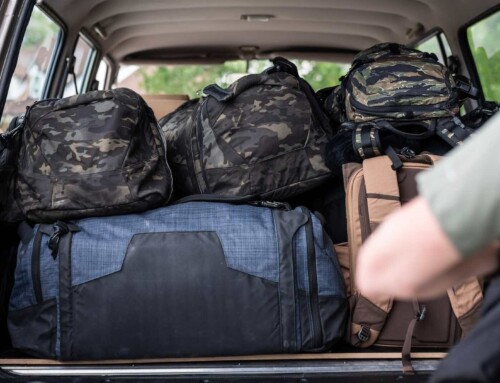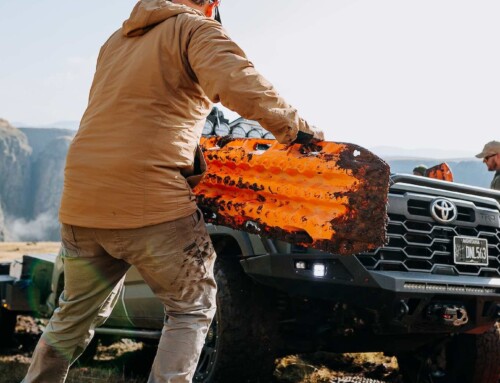Whether you’re at home, on the road, camping in the backcountry, or traveling through another country, laundry is one task that you cannot avoid. Those sweaty socks, muddy pants and dusty t-shirts aren’t going to wash themselves, no matter how long you procrastinate!
Of course, the laundromat is one convenient option but this can sometimes be time-consuming and expensive, and if you’re spending some good quality time exploring backroads or camping on beaches, a little creativity goes a long way. And what if you have a large family with a big pile of clothing? We’ve got you covered. Here are some nitty gritty road laundry tips from the Crofts and Walthalls that will leave you feeling squeaky clean during your next trip.
The Crofts
How Clay Does Laundry While Overlanding
You will need the following:
- 2 tbsp baking soda
- 2 fresh black plastic trash bags
- Water
Place your laundry inside one of the plastic trash bags. Double bag with the second trash bag. Sprinkle baking soda in with your laundry and fill with water just to cover your clothing items. Tie the trash bags and let it sit in the sun for two hours.
After two hours has passed, shake the bag vigorously. Open and dump out the laundry and water*. Fill the second bag with fresh water, place clothes inside, tie and wait for another two hours. Once this time has passed, empty, wring out your clothes and hang to dry. Super clean!
Clay has another helpful tip when it comes to traveling through hot and humid climates, or if you are short on time and can’t wait for your clothes to dry. “During Expedition Overland’s Central America trip we filled mesh net laundry bags with our wet clothes and threw them up on the roof rack (strapped down) to air dry while we were driving. This was only if we weren’t going through dust.” It is also helpful to note that if you are traveling in areas of high elevation or mountain weather, clothes might not dry if left overnight.
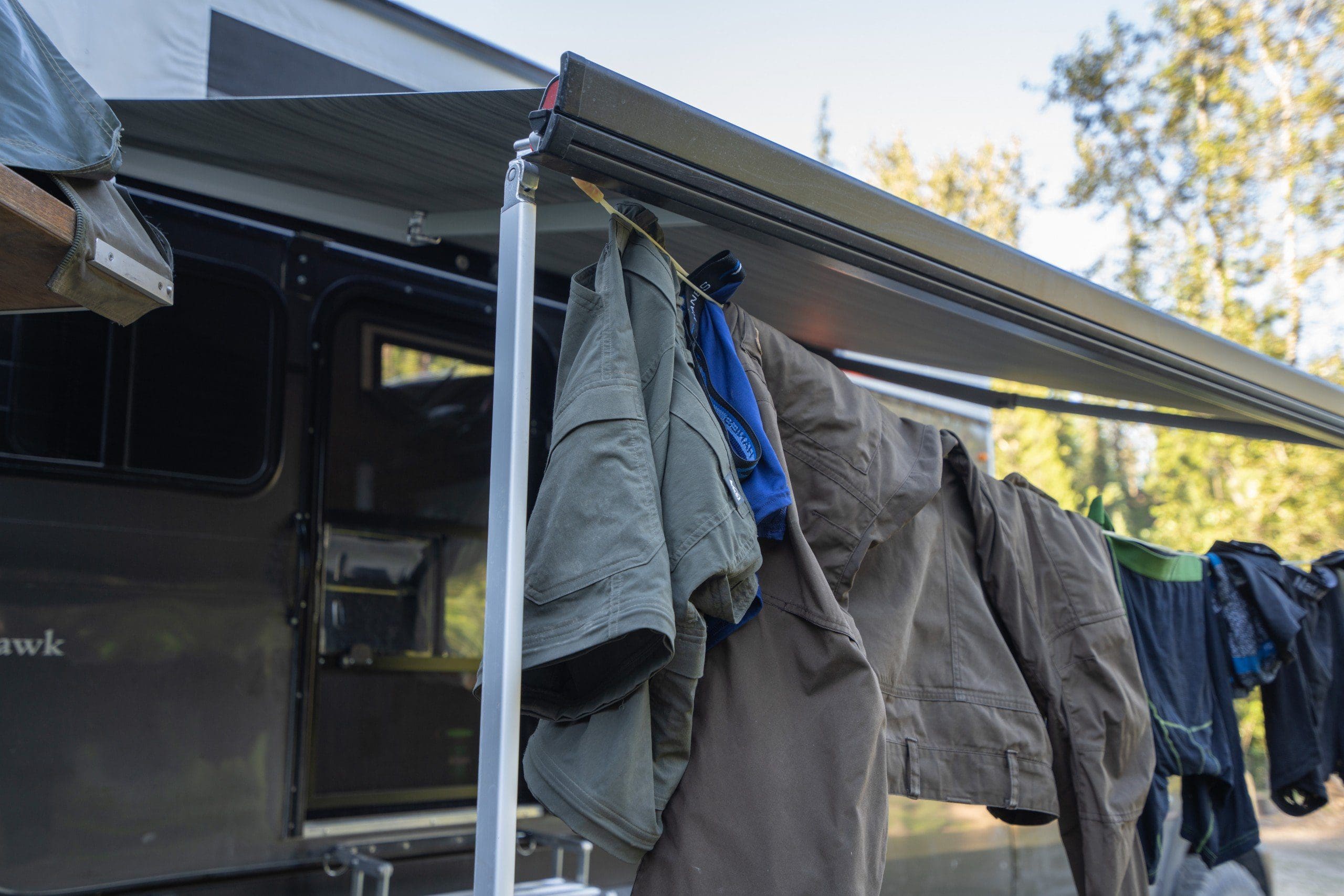
How Rachelle Does Laundry While Overlanding
You will need the following:
- Sea to Summit Bio Laundry Soap (sold at REI)
- Two buckets
- Water source
Fill the bucket with water. Your water source could be water that has been sitting in the truck all day (warm!) or from a nearby creek or lake. A road shower system also works well here. Add a bunch of soap and separate underwear and socks from pants and shirts. Mix it all up, hand wash and let clothing items sit for a couple of hours.
Fill up another bucket with fresh water. Use the fresh water to rinse. Wring out the clothes and hang up on a clothesline. We like the Red Oxx clothesline because it is made of braided rubber, so you don’t need to use pins. We would also recommend using more than one if you have a family with kids.
If you don’t have a clothesline, no problem. A rooftop tent ladder, awning, or nearby tree branches also work well. Be sure to get the whole family involved!
Clay and Rachelle also use the Patriot Camper hot water and shower system, which works like a dream.
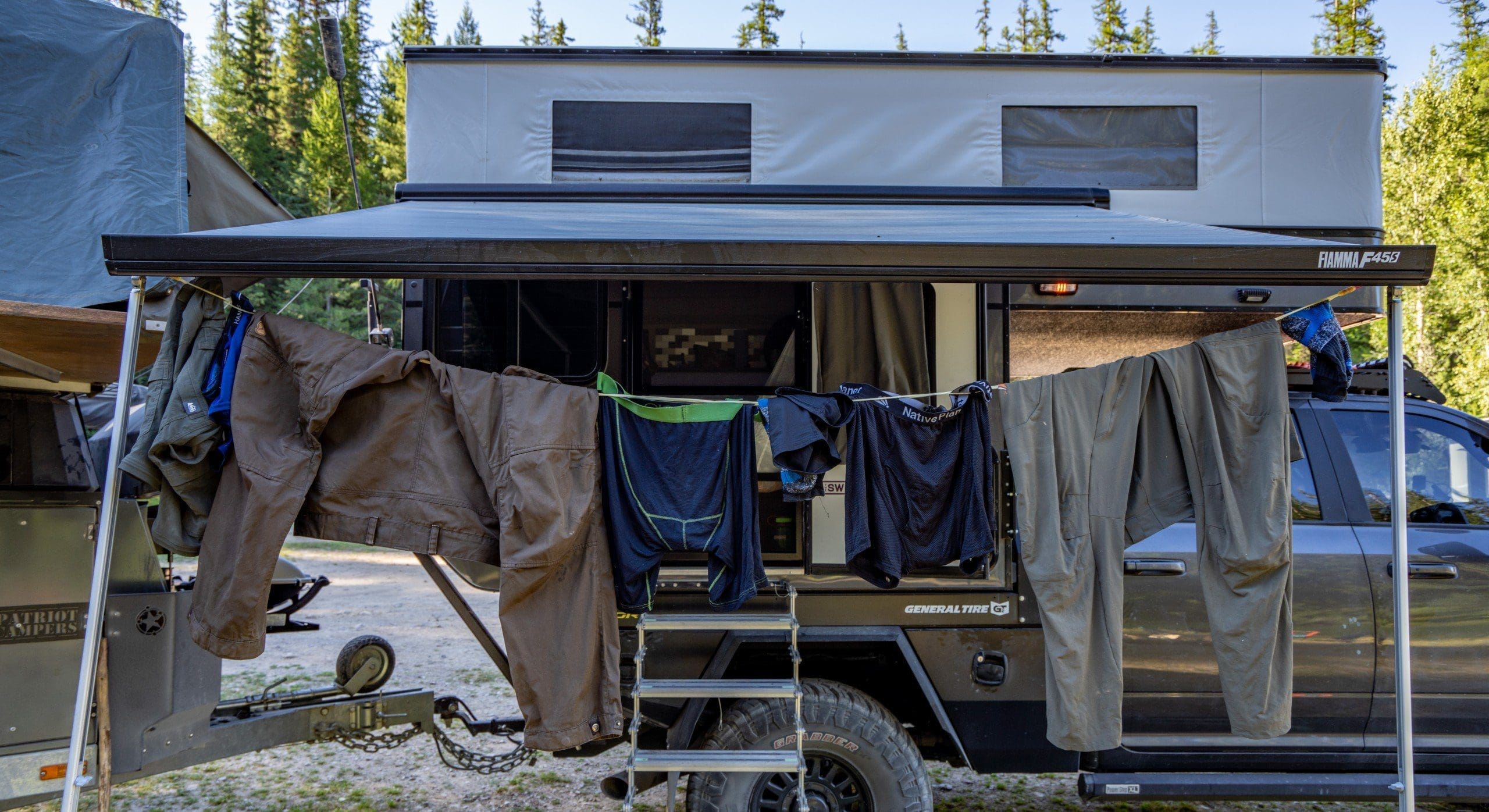
The Walthalls
How do the Walthalls do laundry while overlanding? Here are their three go-to methods.
Option 1 – DIY
Stay on top of it! 3-4 days is what works best for us. Grab your biodegradable laundry soap and filthy clothes. Head to the nearest river or lake. Expand your collapsible washing bin and fill with clothes and water. Soak.
Add soap and mix (remember, YOU are the washing machine so get after it!). Rinse in fresh lake water/stream water/truck water in the bucket. Hang to dry and secure with clothespins. Repeat as needed.
Know that a storm is most likely to roll in as soon as you get all the laundry put up. Roll with it.
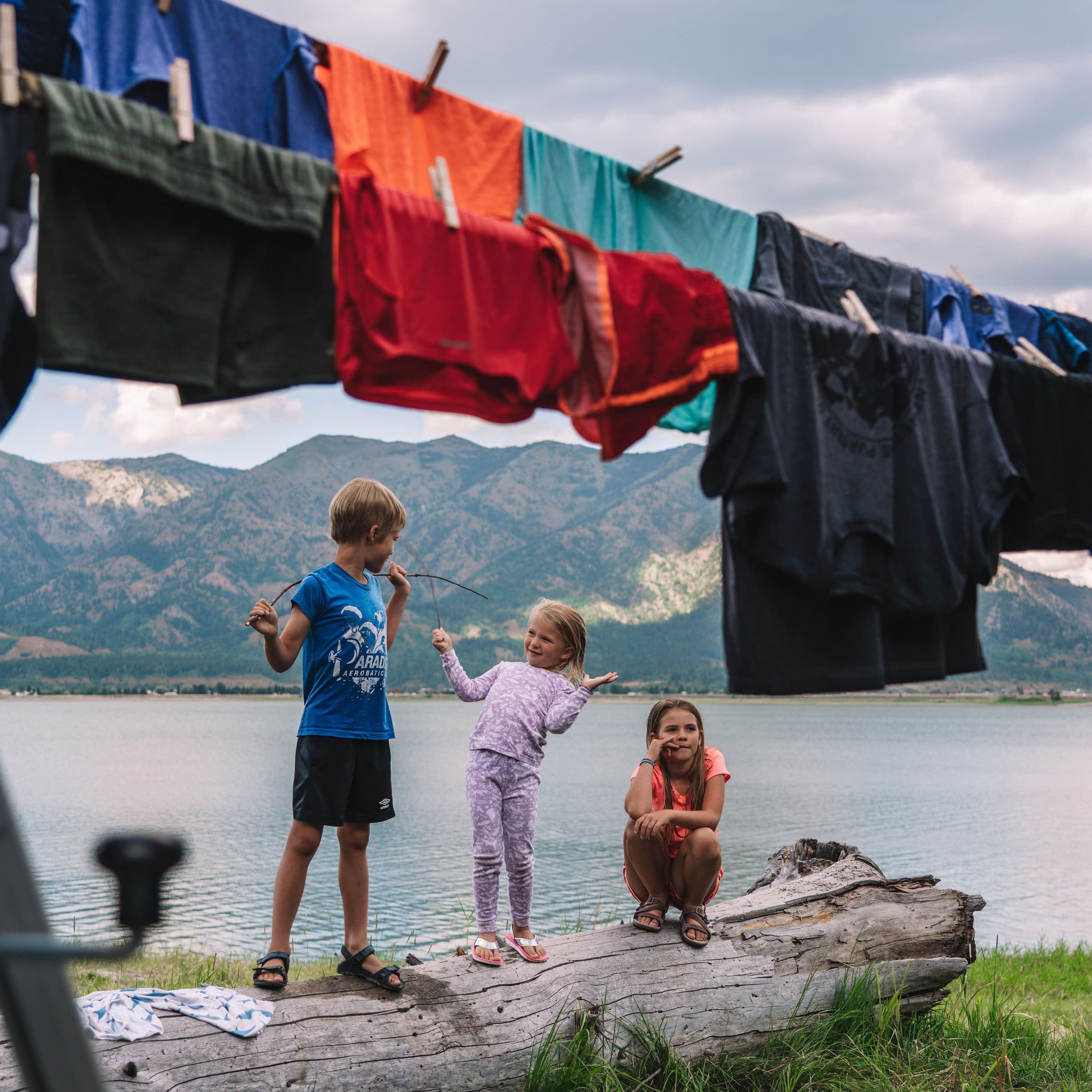
Option 2 – Rinse-Only Cycle
Jump into a body of water with dirty clothes on. Play, swim, dance around. Get out and air dry!
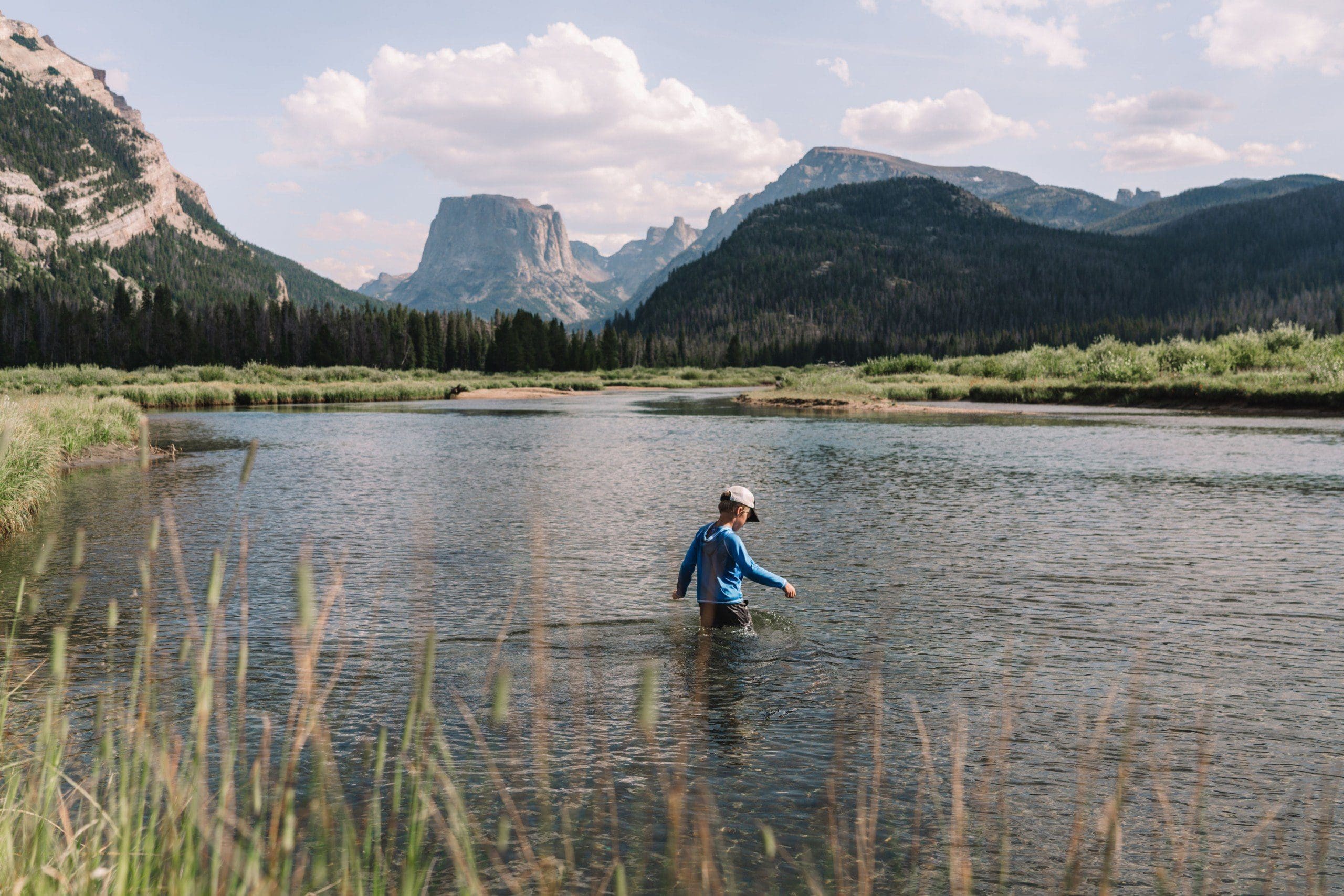
Option 3 – Laundromat
Pop the quarters, turn on Netflix, and enjoy the benefits of a washing machine
Final notes: Embrace stains and mix colors (nobody has time to separate!).
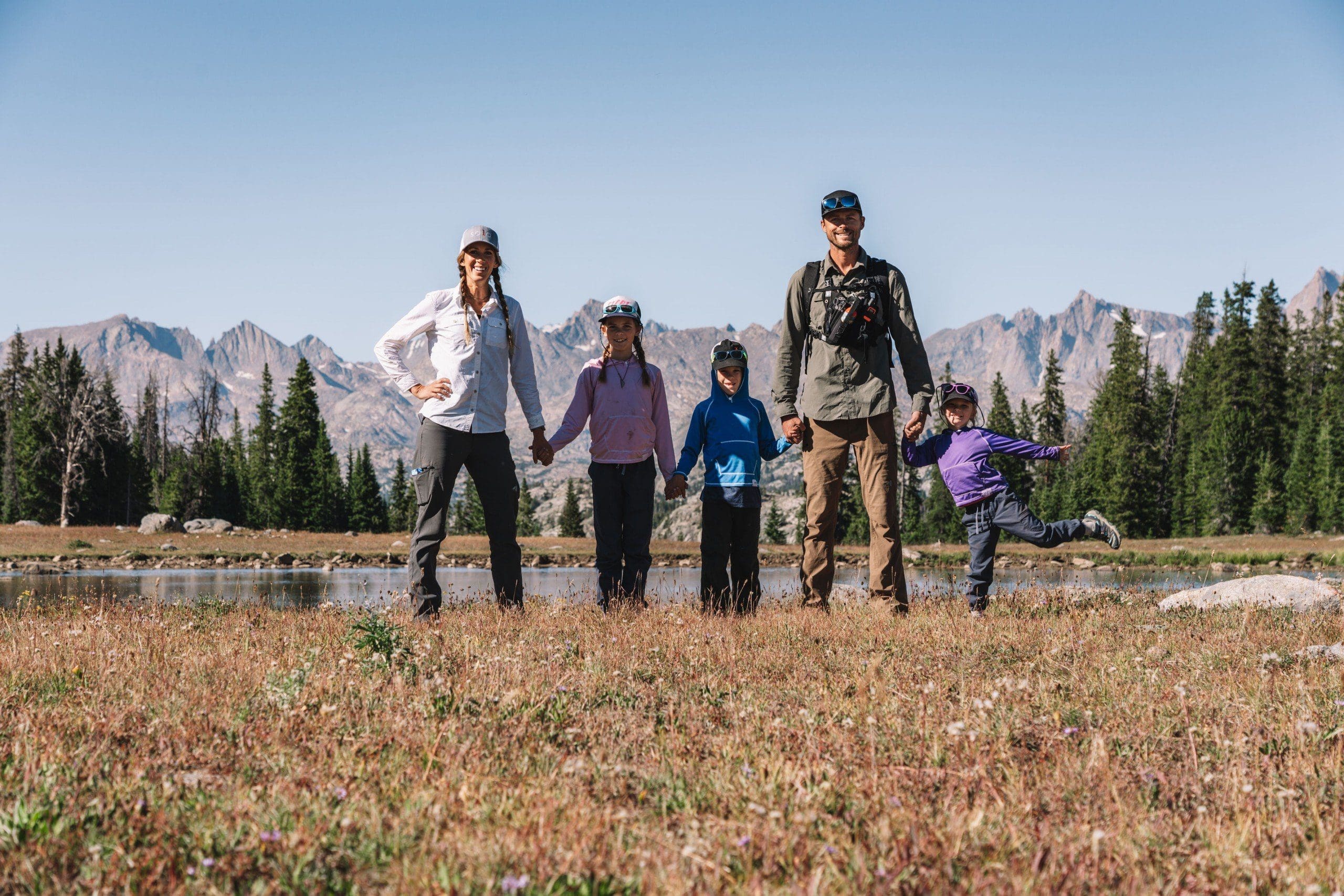
We hope you find these laundry tips and tricks helpful. Have you tried any of these laundry techniques while overlanding? How do you do laundry on the road? Let us know in the comments below.
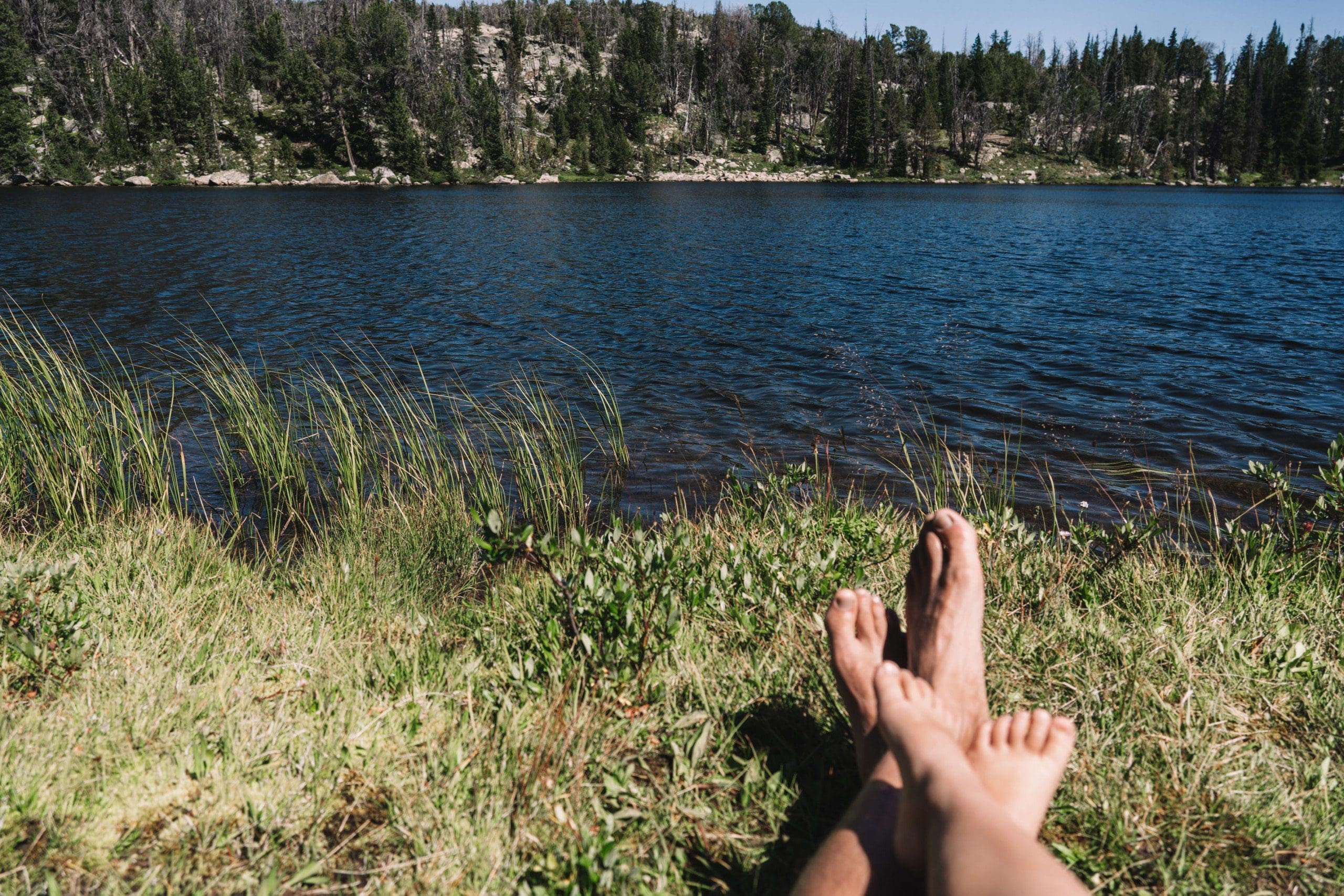
*Be sure to follow Leave No Trace Principles – in particular, Principle 3: Dispose of Waste Properly. We’ve outlined the principle below.
Soap, even when it’s biodegradable, can affect the water quality of lakes and streams, so minimize its use. Always wash yourself well away from shorelines (200 feet), and rinse with water carried in a pot or jug. This allows the soil to act as a filter. Where fresh water is scarce, think twice before swimming in creeks or potholes. Lotion, sunscreen, insect repellent and body oils can contaminate these vital water sources.
Source: https://lnt.org/why/7-principles/dispose-of-waste-properly/

